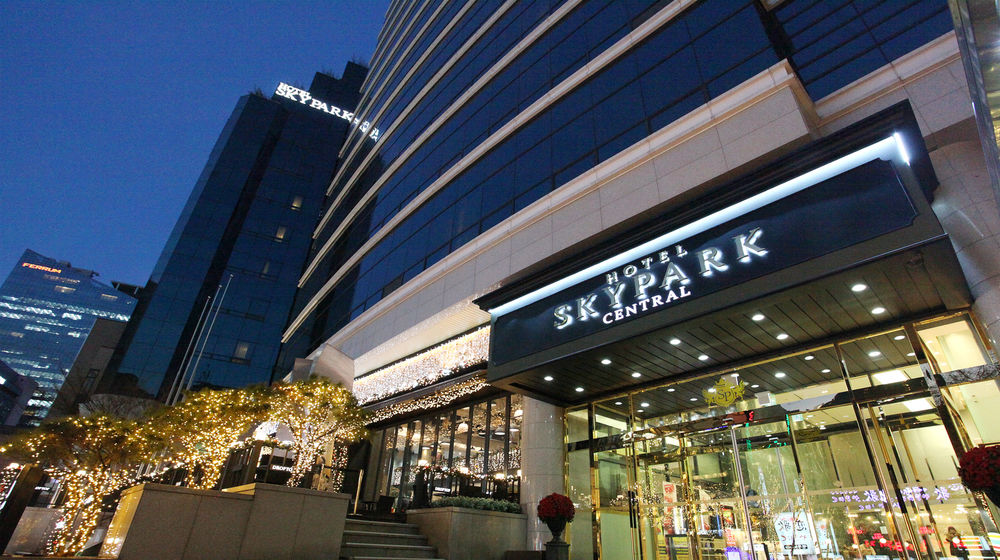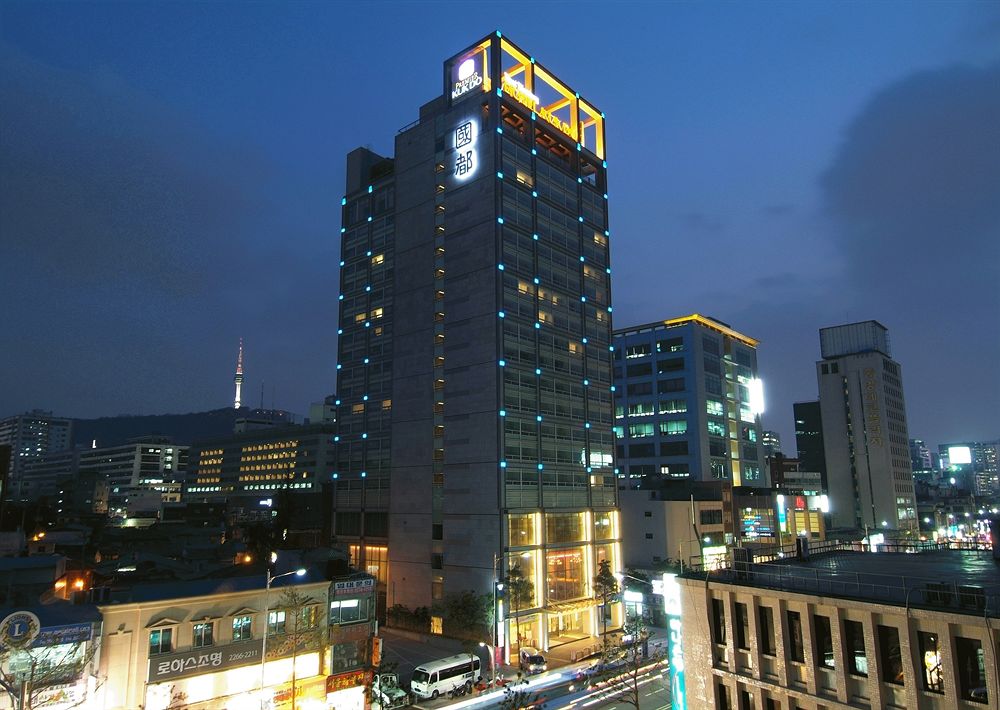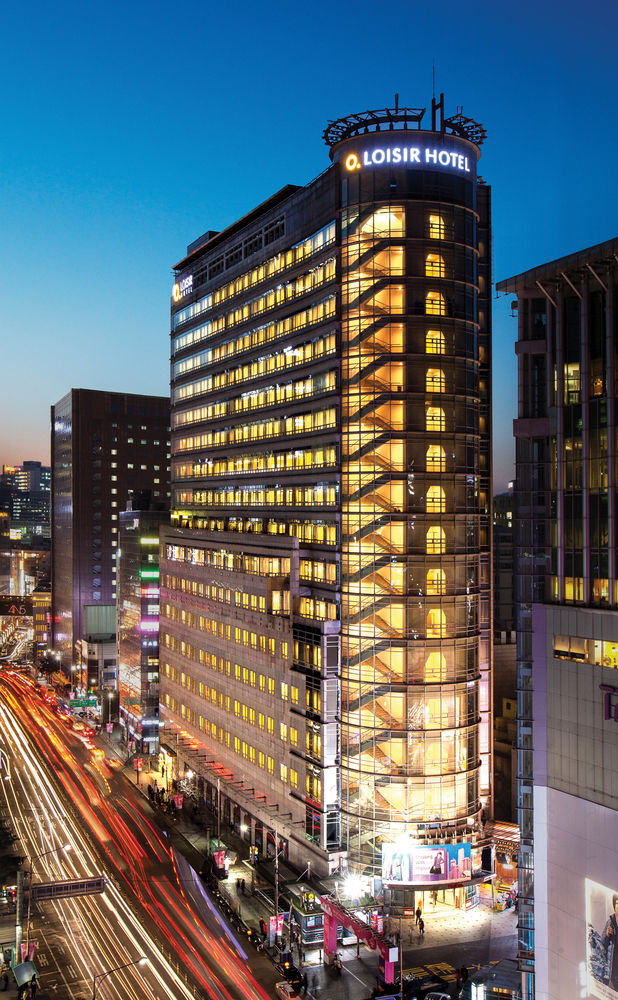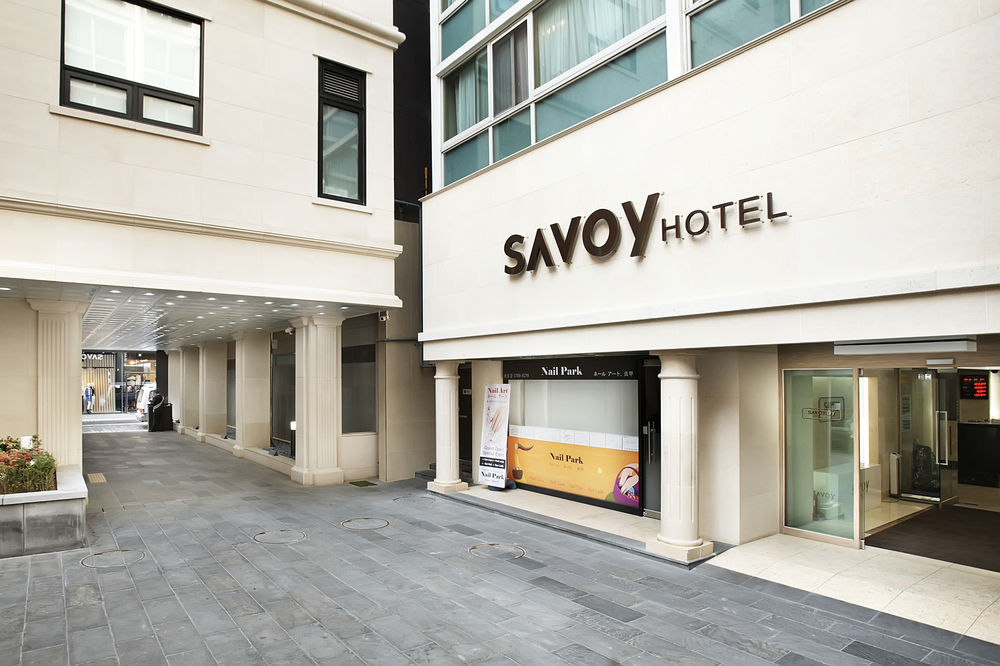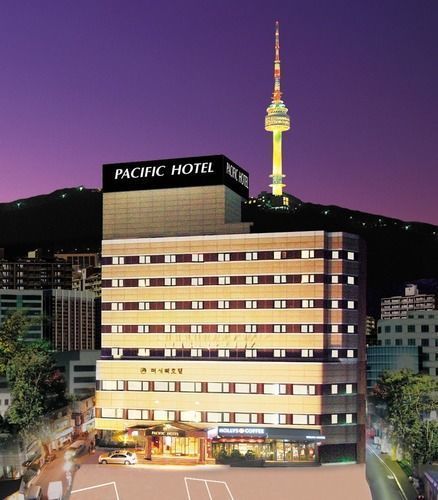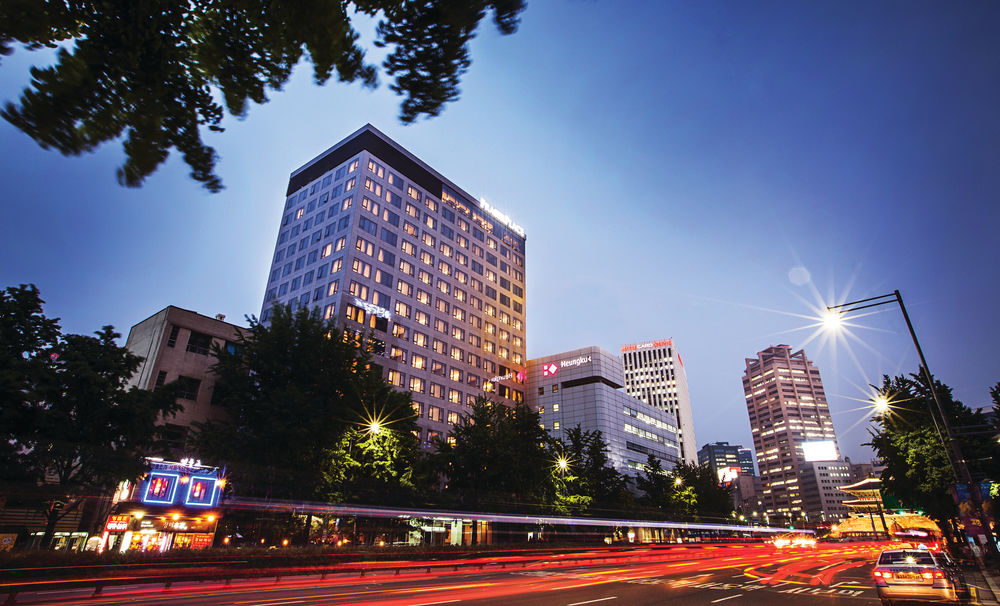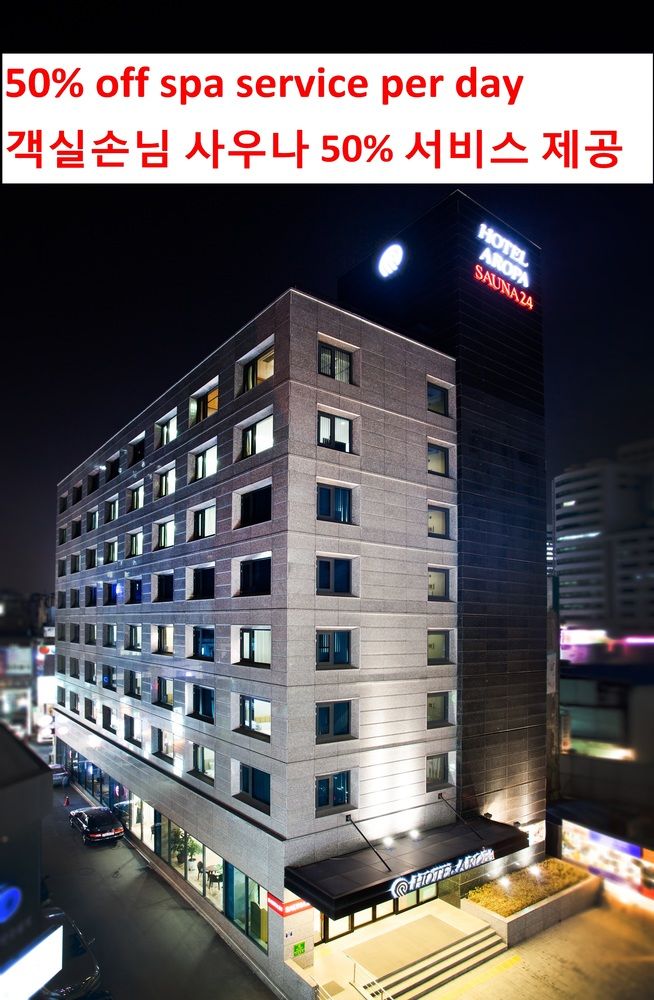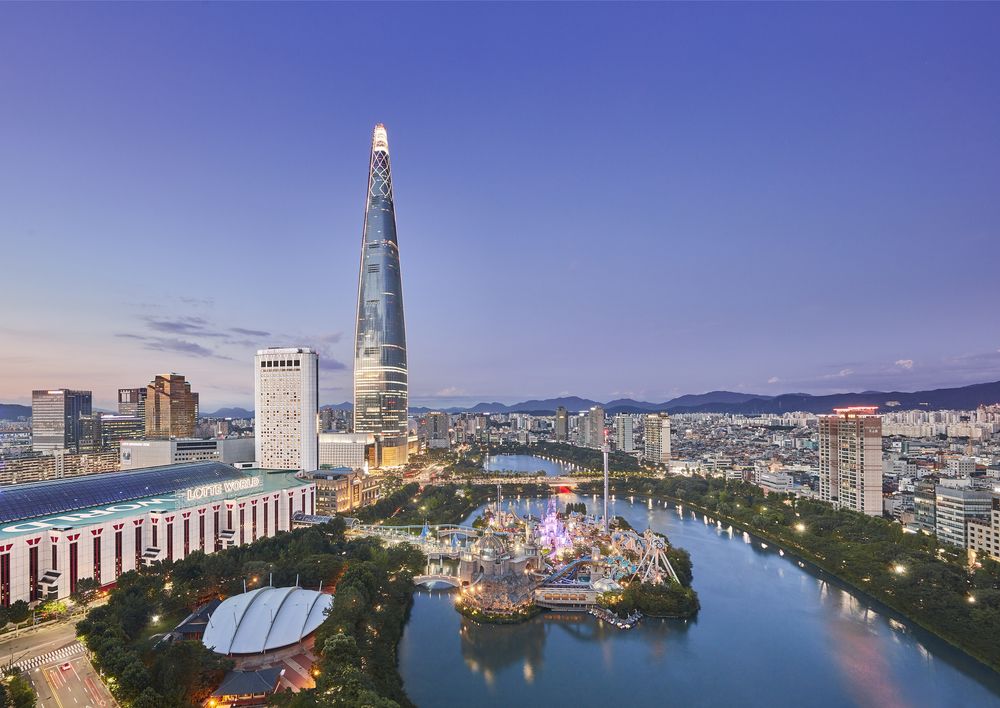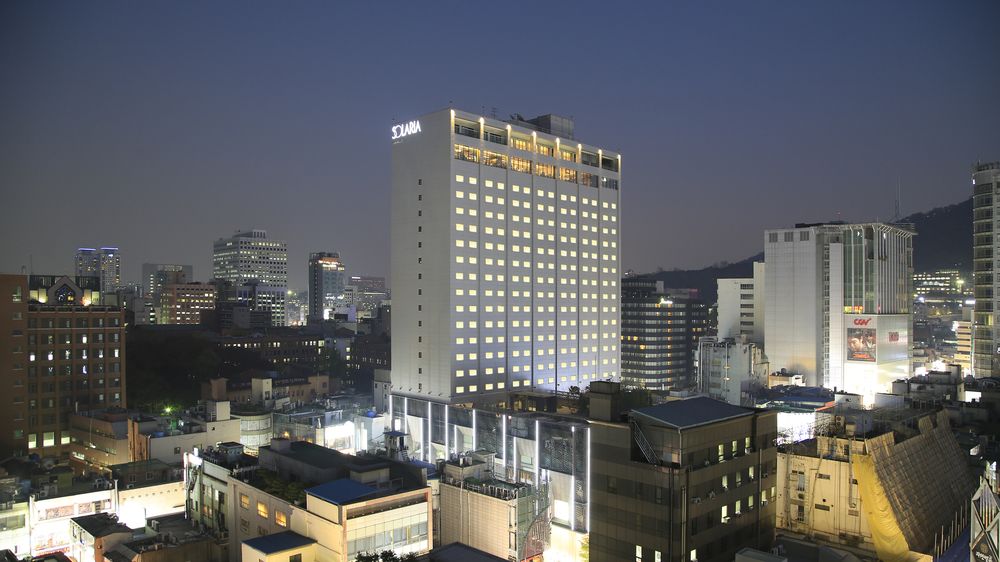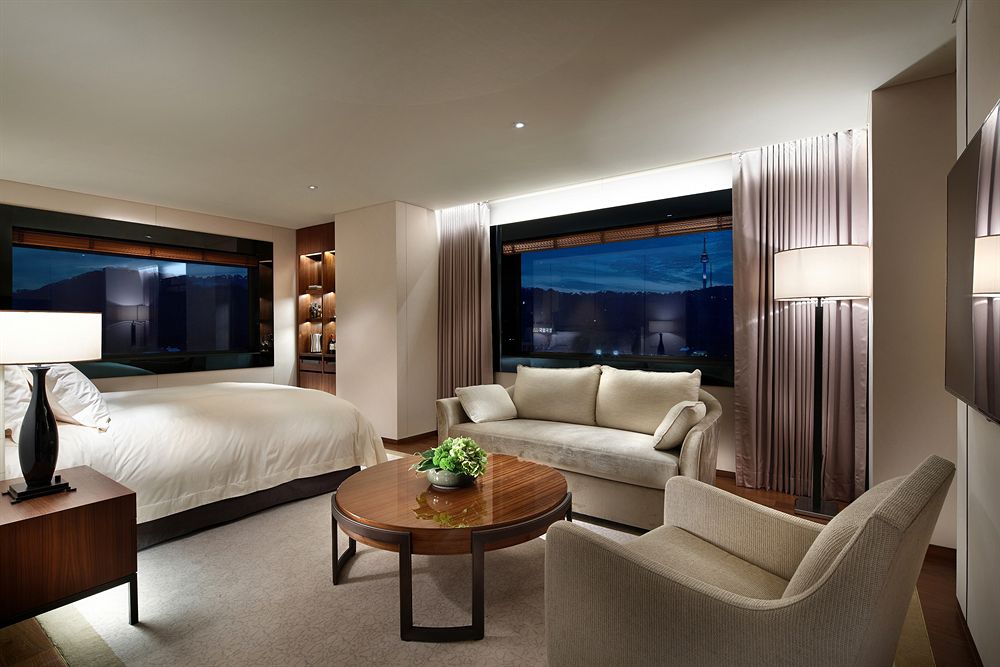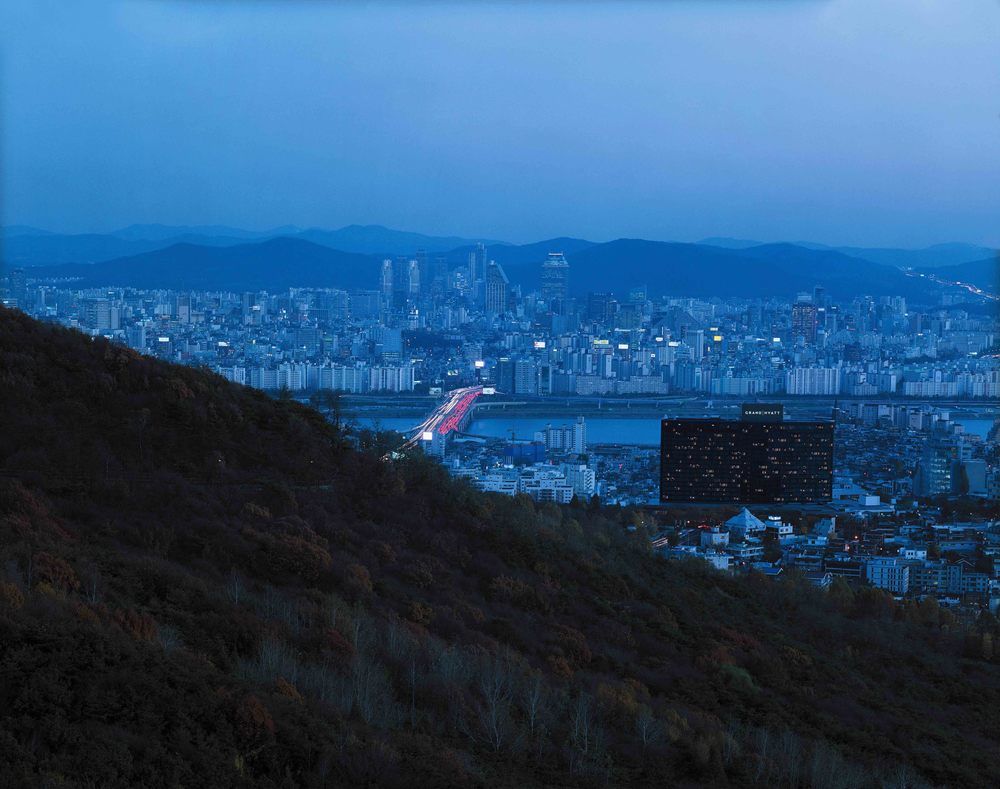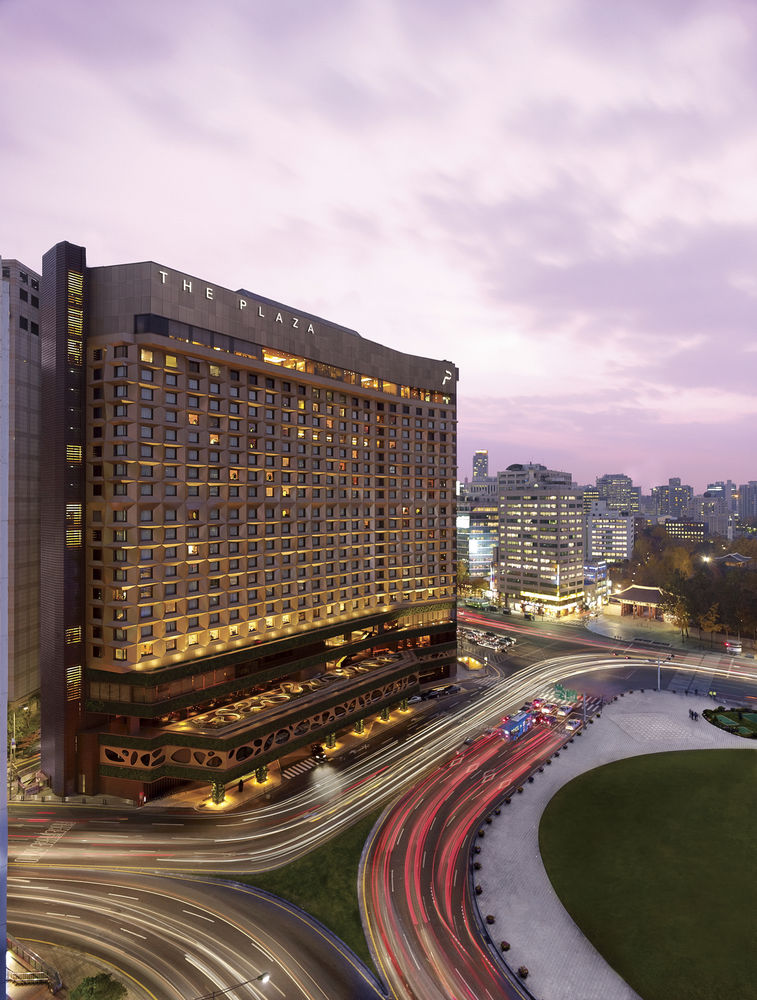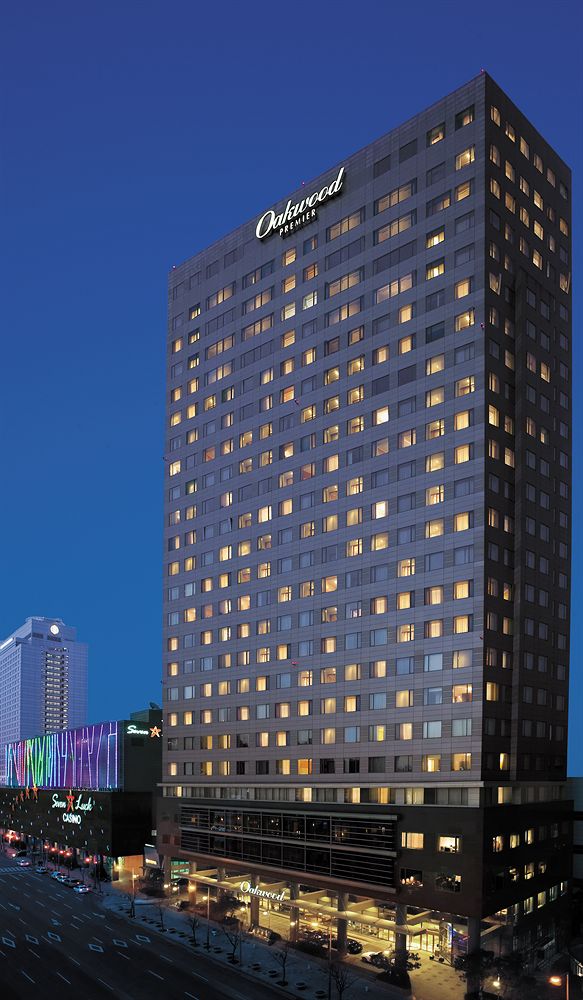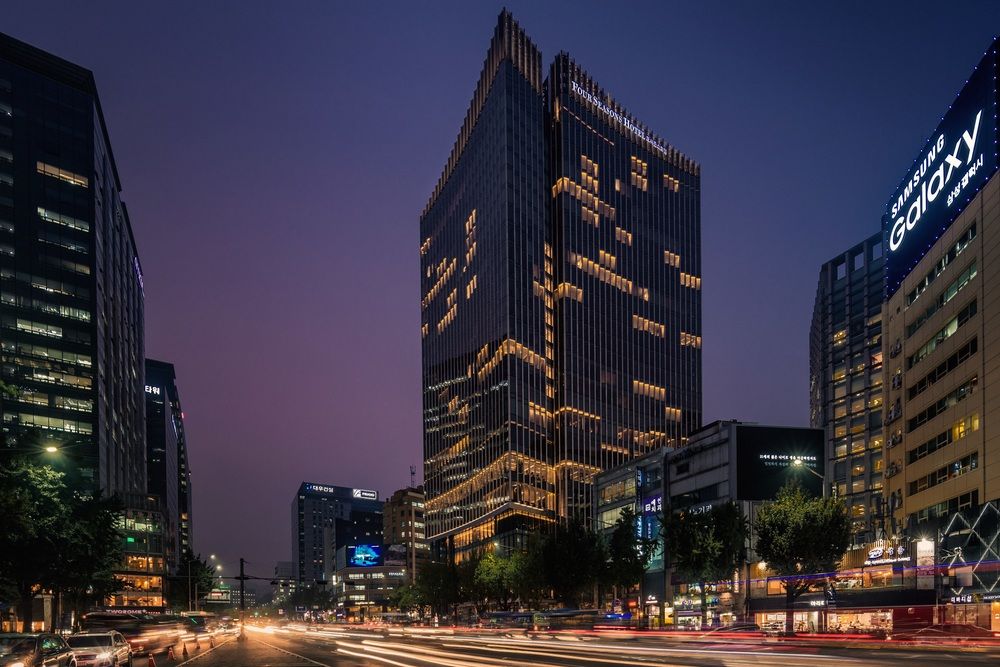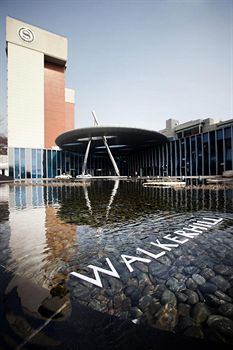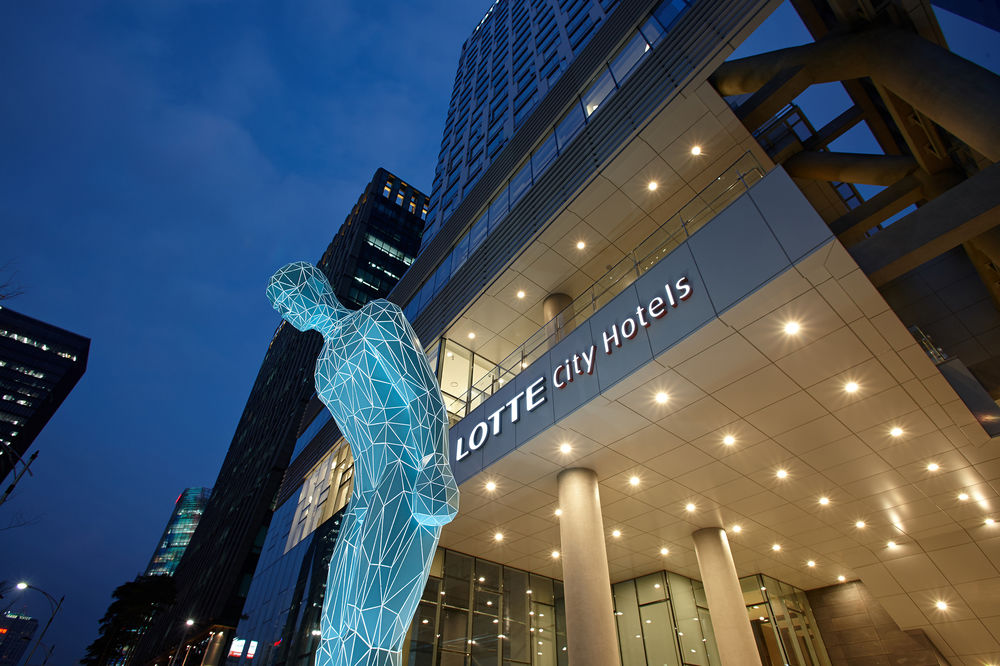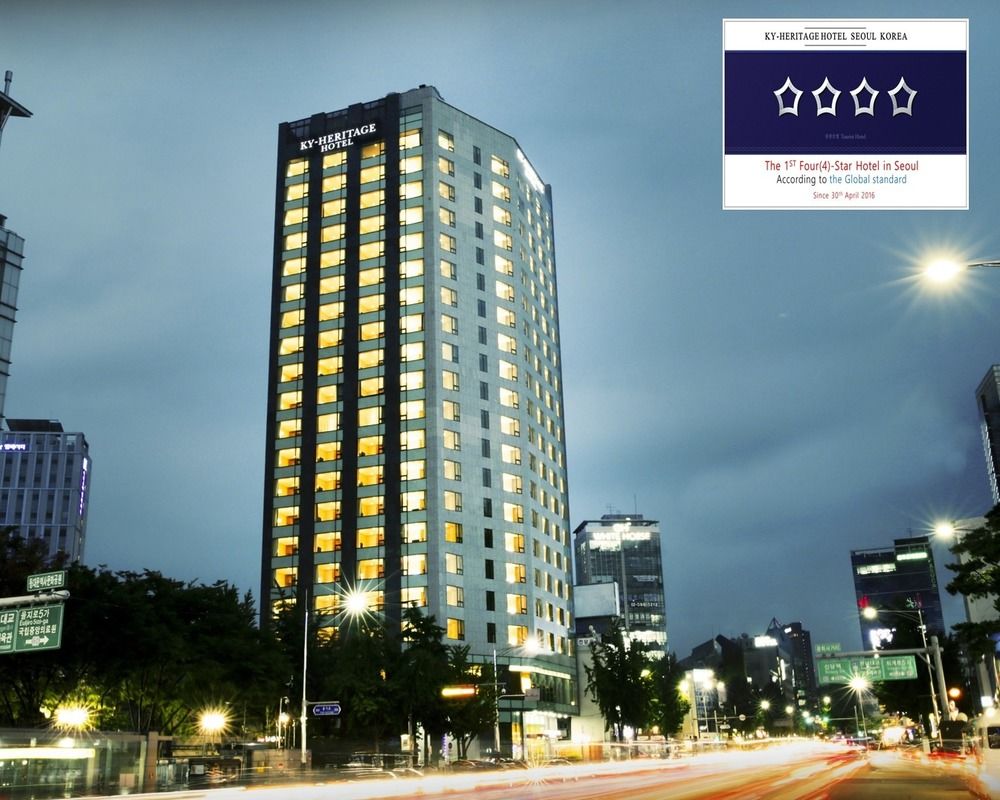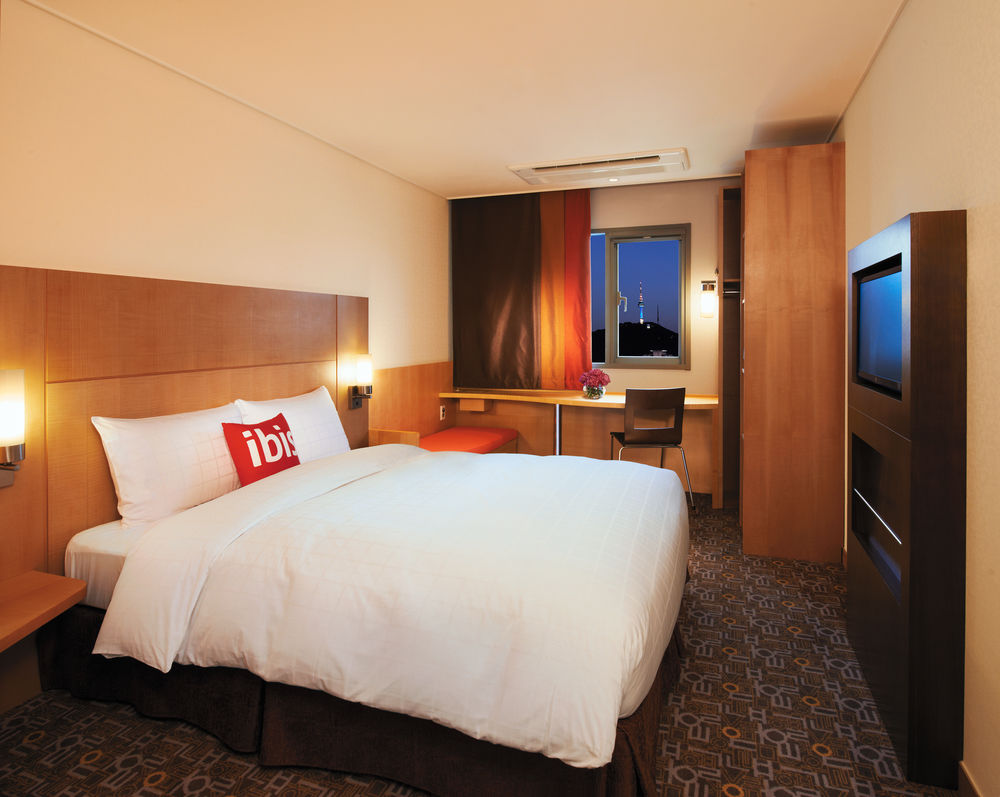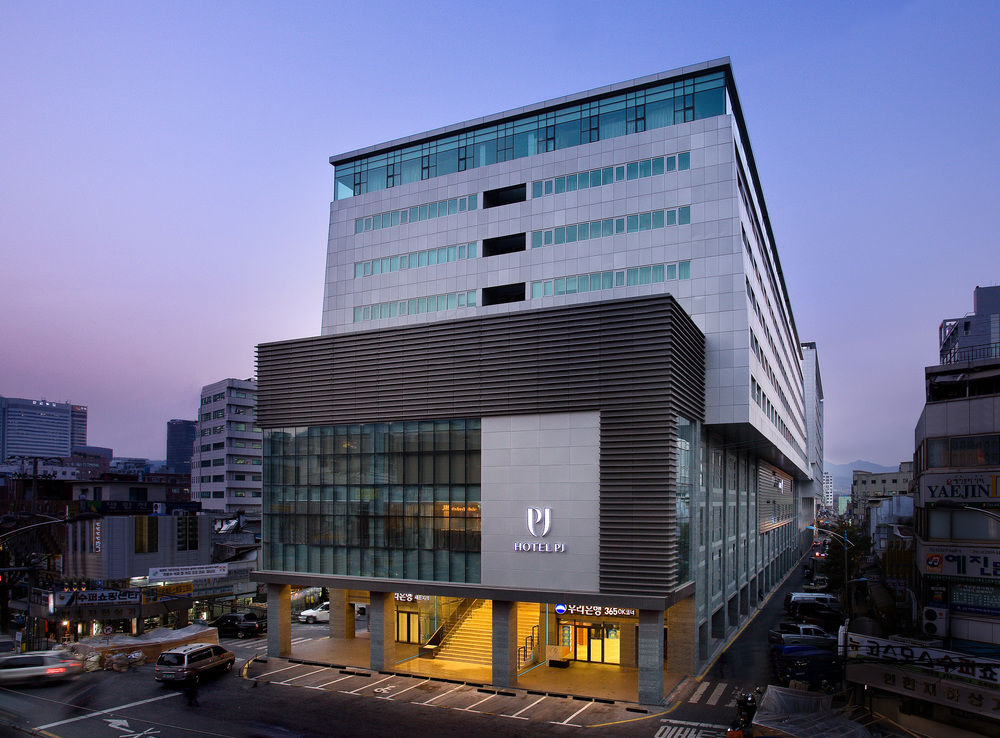
Find hotels in Seoul
Lowest prices detected by AI for hotels
Best
Cheapest
Star Ratings
AI Recommended
Best Hotels In Seoul
Cheapest Hotel Deals in Seoul
Top Rated Hotels
5 Star Hotels in Seoul
4 Star Hotels in Seoul
3 Star Hotels in Seoul
AI-recommended Destinations
Where to stay in Seoul
More About Seoul
“A dynamic city”
Seoul (, like soul; Korean: 서울 [sʌ.ul] ( listen); lit. "Capital"), officially the Seoul Special City, is the capital and largest metropolis of South Korea. With surrounding Incheon metropolis and Gyeonggi province, Seoul forms the heart of the Seoul Capital Area, home to roughly half of the country's population. Seoul is ranked as the fourth largest metropolitan economy in the world and is larger than London and Paris.Strategically situated on the Han River, Seoul's history stretches back over two thousand years, when it was founded in 18 BC by the people of Baekje, one of the Three Kingdoms of Korea. The city was later designated the capital of Korea under the Joseon dynasty. Seoul is surrounded by a mountainous and hilly landscape, with Bukhan Mountain located on the northern edge of the city. As with its long history, the Seoul Capital Area contains five UNESCO World Heritage Sites: Changdeok Palace, Hwaseong Fortress, Jongmyo Shrine, Namhansanseong and the Royal Tombs of the Joseon Dynasty. More recently, Seoul has been a major site of modern architectural construction–major modern landmarks include the N Seoul Tower, the 63 Building, the Lotte World Tower, the Dongdaemun Design Plaza, Lotte World, Trade Tower, COEX, and the Parc1 Tower. Seoul was named the 2010 World Design Capital. Also the birthplace of K-pop and the Korean Wave, Seoul received over 10 million international visitors in 2014, making it the world's 9th most visited city and 4th largest earner in tourism.Today, Seoul is considered a leading and rising global city, resulting from a South Korean economic boom called the Miracle on the Han River, which transformed it to the world's 4th largest metropolitan economy with a GDP of US$845.9 billion in 2014 after Tokyo, New York City and Los Angeles. International visitors generally reach Seoul via AREX from the Incheon International Airport, notable for having been rated the best airport for nine consecutive years (2005–2013) by the Airports Council I
 Time UTC+09
Time UTC+09 Currency KRW
Currency KRW Languages Korean
Languages KoreanWhat’s Special about Staypia?
Compare hotel prices in real-time
AI finds you the lowest price for hotels in Seoul.
Lowest price for 3.16M hotels worldwide
Book with up to 31% extra discounts only for Staypia members.
Travel bucket list for Seoul
Plan your trip with over 17K 'must see' recommendations for Seoul
Frequently Asked Questions
The best hotels in Seoul are Hotel PJ Myeongdong, Lotte Hotel Seoul, Hotel Skypark Central Myeongdong.
The best 5 star hotels in Seoul are Lotte Hotel Seoul, Lotte Hotel World, Conrad Seoul. Search for the most highly rated hotels in Seoul
Generally, room reservations are subject to a free refund until the cancellation deadline. Fees may apply after the cancellation deadline, so please check the cancellation deadline on your hotel voucher or in Menu > My Reservation.
If you’re a frequent traveler, Staypia is the best place to get the best hotel deals. You can book hotels with the lowest price of 3.16 million hotels collected by AI, and receive additional discounts for members only.

